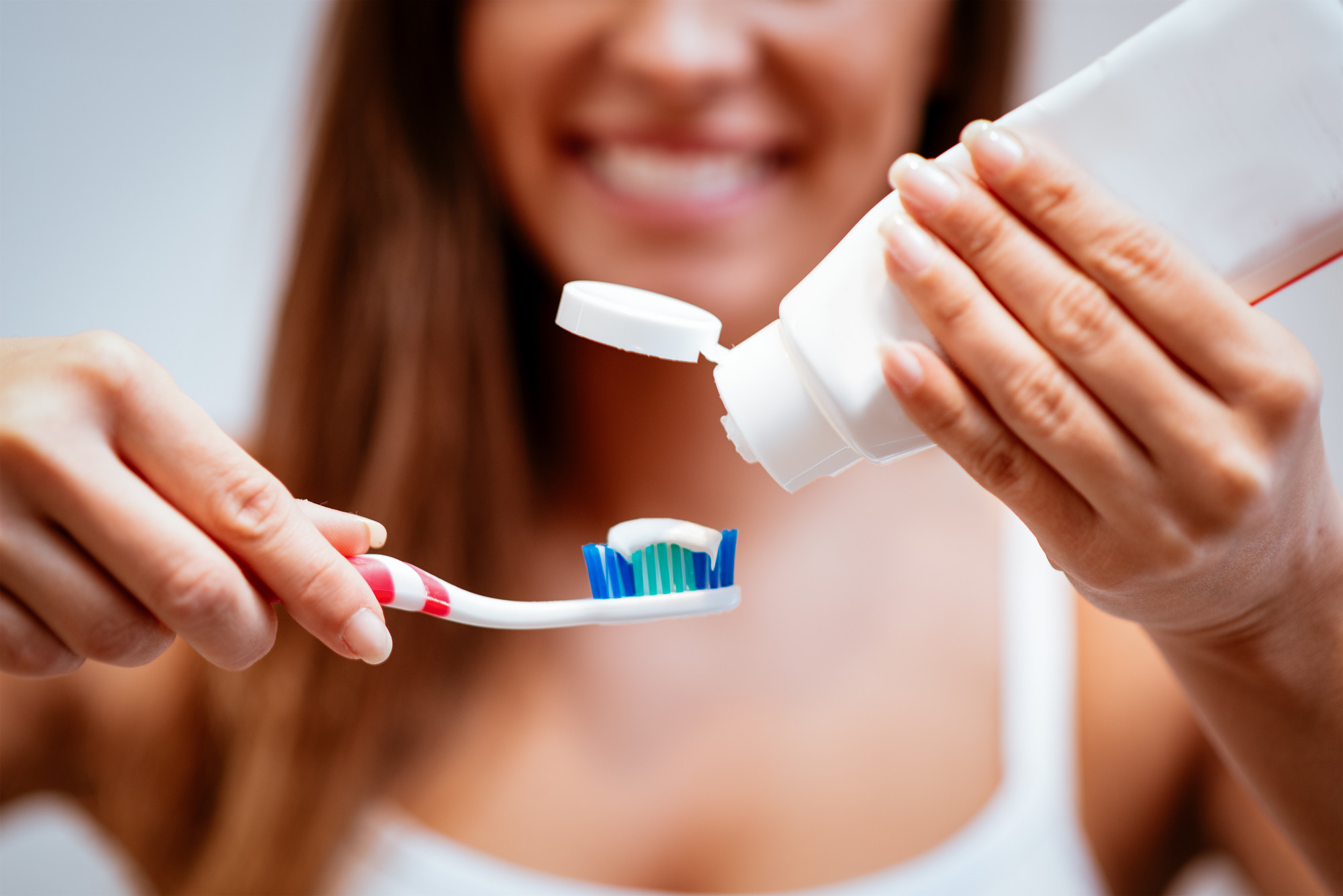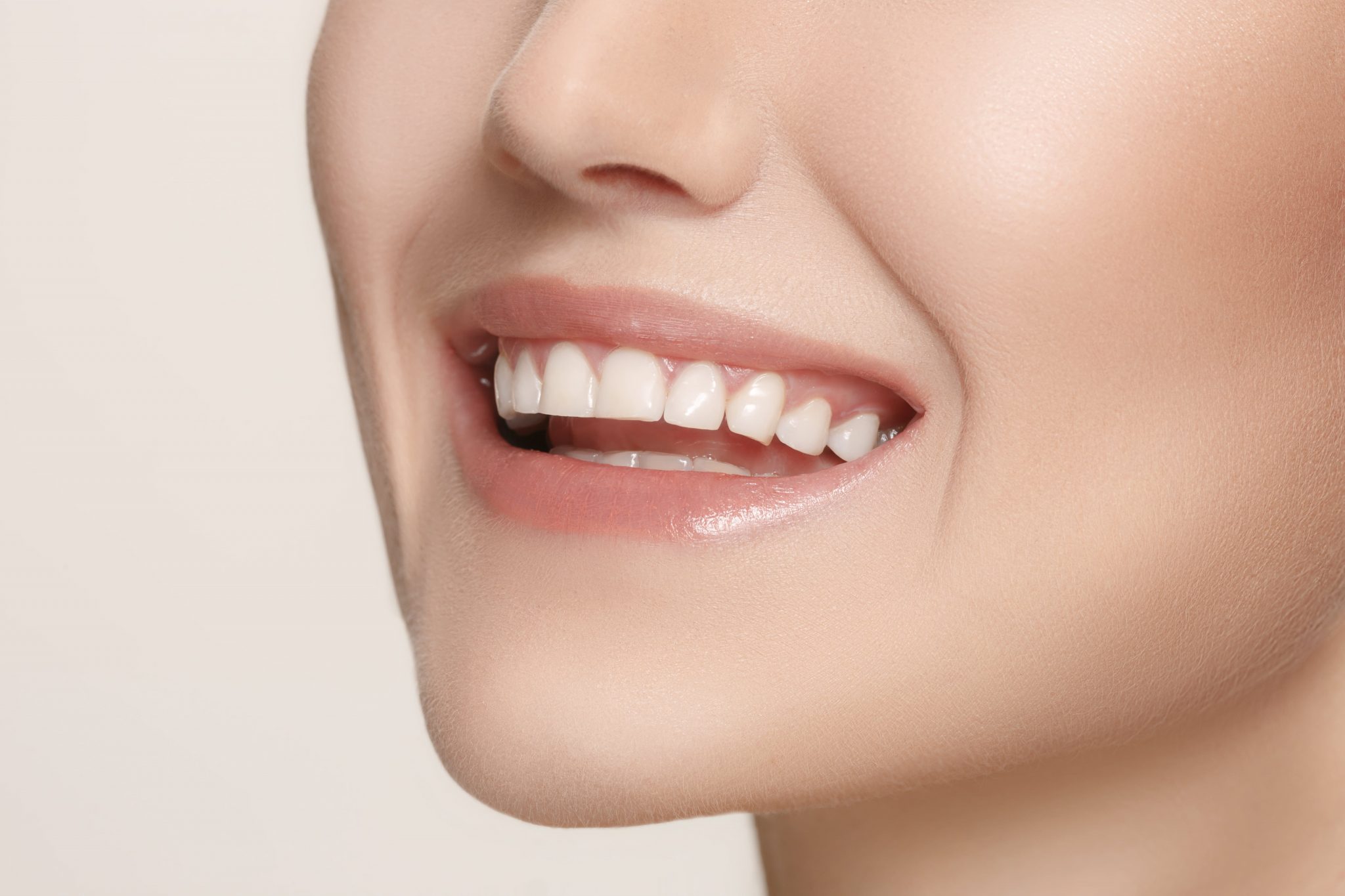We all want a great smile and the first step to a beautiful smile is a healthy mouth. Your oral hygiene routine is so important, and consistency is the key. Caring for your teeth is an essential part of a healthy lifestyle.
It begins with brushing and flossing, but there’s so much more you can do. If you’re interested in how to establish an oral hygiene routine, we have the answers.
Here are our tips for a healthy oral hygiene routine:
Brush Properly
Brush your teeth twice a day or more. Do this every day, no matter how busy you may be.
A quick swipe is better than nothing, but it’s not enough. Brush your teeth for at least two minutes. Aim for 30 seconds for each quadrant of your mouth.
For best results, brush at a 45-degree angle to the tooth’s surface and don’t forget your gums. Try to brush up and down on the front and back surfaces and back and forth on the flat tops.
Brush all surfaces with a soft-bristled brush and fluoride toothpaste. If you wait until after breakfast to brush, try to wait about an hour after eating.
This is especially important if you’ve had something acidic like grapefruit or orange juice.
Floss Every Day
It’s easy to put off flossing if you’re tired or in a hurry. But you shouldn’t skip this important step.
If you floss when you brush, floss first. Flossing loosens plaque and particles between your teeth. It helps make brushing more effective.
Use enough floss to have a clean section for each tooth. Use about a foot and a half of floss, wrapping it around your index fingers.
Slip the floss gently between each tooth. Then continue to wind off a clean section as you move to the next tooth.
Don’t forget to get in between your back teeth. Some people prefer to use hand-held “flossers.” You may need more than one to get the job done. These are handy for young children as well.
Use Mouthwash
After you’ve brushed and flossed, it’s time to rinse with mouthwash. There are many brands and flavors on the market. Choose a mouthwash you like so you’ll be more likely to use it.
A small capful is all you need. Swoosh for 30 seconds and spit out. Many people think mouthwash is for controlling bad breath. Although it helps keep your breath fresh, it does much more, including:
- Reducing acids in the mouth
- Helping re-mineralize the teeth
- Removing debris between teeth and along the gum line
Flossing and using mouthwash along with regular brushing will help keep your mouth clean and healthy.
Drink Plenty of Water
Water is necessary for overall health and hydration. It plays an important role in oral health as well.
Water is sugar-free and helps keep your mouth clean by washing out residue and debris.
Be sure to avoid sugary drinks as much as possible and drink plenty of water each day as part of your healthy dental hygiene routine.
Eat a Healthy Diet
The foods you choose play an important role in your health and wellness. This includes the health of your teeth and gums.
Be sure to get plenty of fiber in your diet. Crunchy fruits and vegetables are high in fiber and good for your jaws and teeth.
Foods that are sticky, acidic, sugary, and high in carbohydrates provide a breeding ground for bacteria. Limiting these foods and only eating them in moderation can help curb the chances of dental decay.
Healthy eating habits along with a healthy oral hygiene routine can help you have a healthier mouth and body.
Avoid Harmful Habits
Some habits can be harmful to your oral health. Clenching your jaw or grinding your teeth can lead to headaches, muscle pain, chipped teeth, or a sore jaw. These unconscious habits known as bruxism must be treated by a dentist.
Smoking is terrible for your health and your teeth. It can cause stained teeth and weakened gums. Even worse, smoking increases the risk of developing oral cancer and lung cancer.
Try to avoid biting your nails or using your teeth to open packages or bottles. You could chip a tooth or even cause gum damage with these harmful habits.
Although regular brushing is essential, avoid brushing your teeth aggressively. This can wear down the tooth’s enamel or lead to gum problems. Gentle brushing is best.
Get Regular Dental Checkups
You may try to take care of your teeth and follow all of these healthy practices. But you can’t be sure your mouth is healthy without regular dental checkups.
Ideally, you should visit your dentist twice a year. Your teeth need regular professional cleaning and the attention of dental professionals.
There are multiple reasons you shouldn’t skip your dental checkup.
Oral Cancer Check
Your dentist will check your mouth for any signs of oral cancer. These signs include lesions, lumps, white spots, or discoloration of the mouth or gums.
Gum Disease
Over time, tartar and plaque can build up and lead to dental decay and infection. Seeing your dentist for regular cleanings can help you avoid the development of gum disease.
X-rays
From time to time, your dentist may take x-rays to check for any issues below your teeth and gum line. This can detect issues such as impacted wisdom teeth, deep decay, and other dental problems.
Head, Neck, and Lymph Nodes
Your dentist may also check for abnormalities in your neck, jaw, and lymph nodes. These problems may be symptoms of other potential health problems. If necessary, your dentist may refer you to a doctor to have any issues addressed.
Establish the Best Oral Hygiene Routine
It may take some practice to establish a healthy oral hygiene routine. Regular brushing, flossing, and other healthy habits can help you enjoy long-term oral health.
Seeing your dentist twice a year can prevent minor issues from becoming serious ones. If you haven’t seen a dentist in a while, be sure to make an appointment right away.
If you’re looking for a dentist in the Webster Groves area, we’d love to take care of all your dental needs. Contact us today to schedule an appointment.

